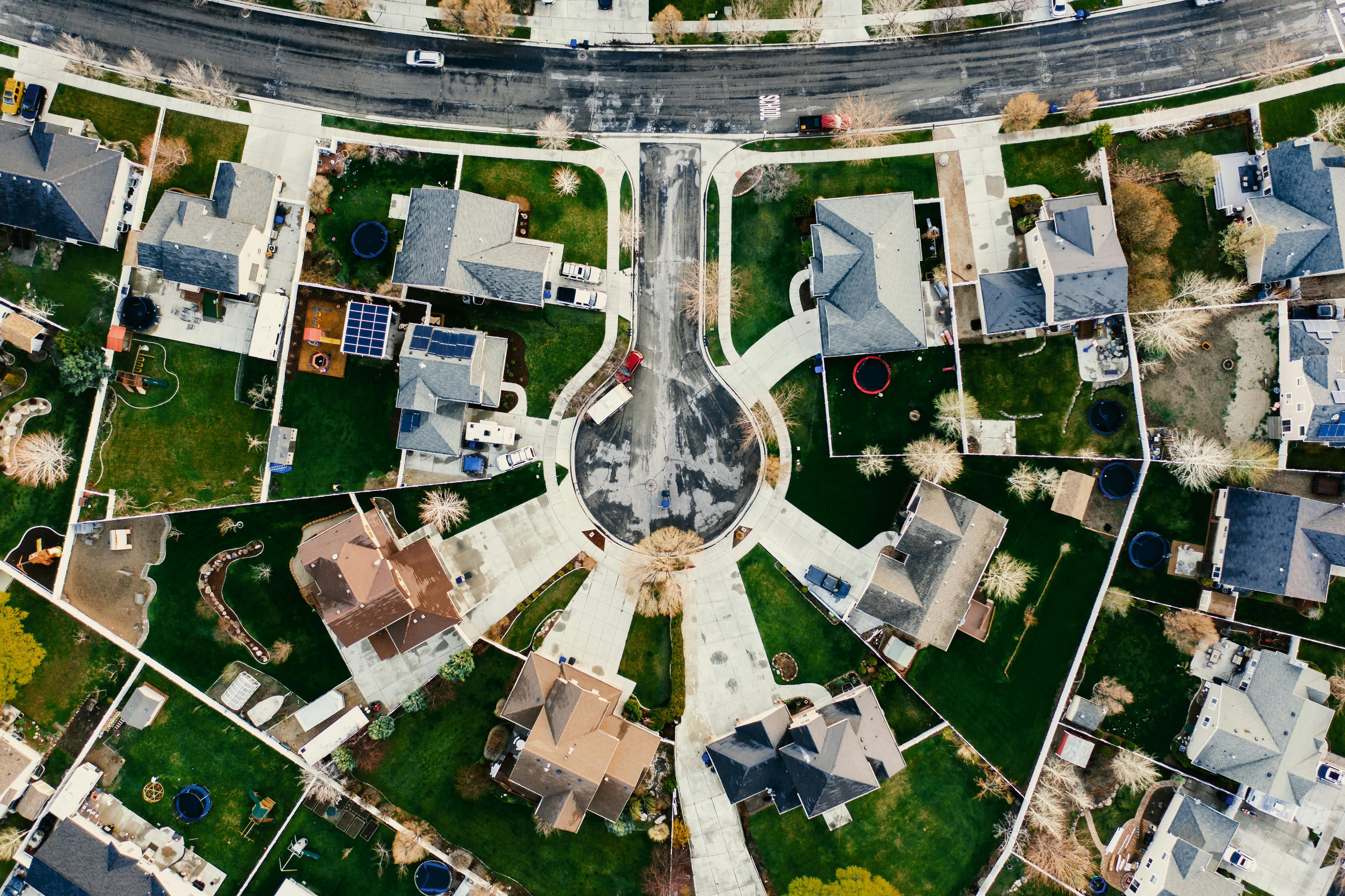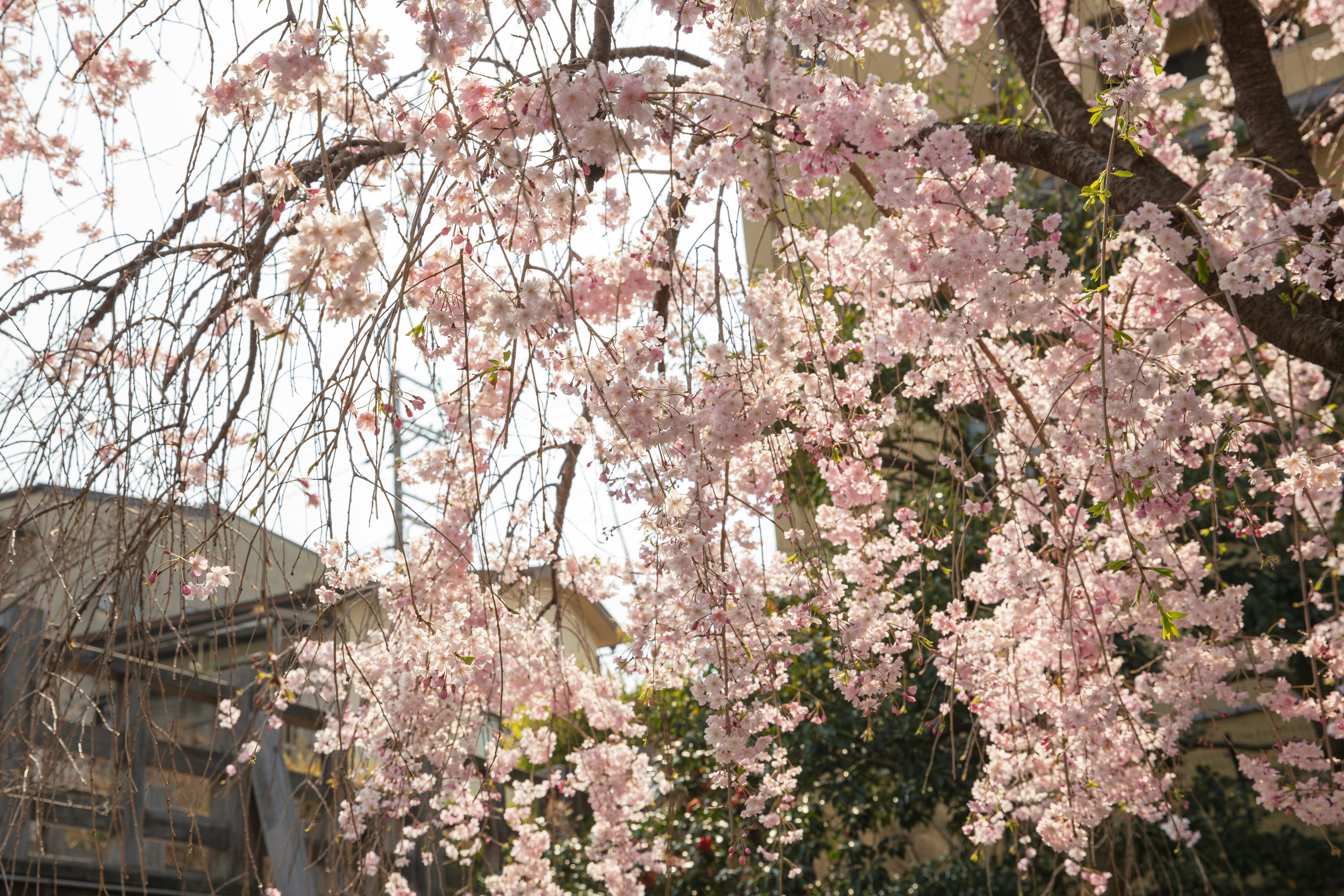Creating a garden from scratch is an exciting and rewarding project. Whether you’re looking to add a few plants to your existing yard or completely redesign your outdoor space, there are a few key steps to follow in order to build a successful and attractive garden. From selecting the right plants for your climate and soil type, to laying out the design of your garden and preparing the soil, there are many things to consider when creating a garden from scratch. With careful planning and hard work, you can build a garden that is both beautiful and functional!The location of your garden should be chosen carefully. Consider the amount of sunlight and water it will receive, as well as the type of soil in the area. If possible, select a spot that gets at least six hours of direct sunlight each day and has access to a reliable source of water. Make sure the soil is well-draining and nutrient-rich to provide your plants with the best growing environment. Additionally, you may want to choose a location that is close to your home for easy access and convenience.
Choose the Type of Garden You Wish to Create
Creating a garden is a fun and rewarding experience, but it can also be overwhelming when trying to decide which type of garden you want to create. There are several different types of gardens, such as traditional flower gardens, vegetable gardens, butterfly gardens, and water gardens. Each type of garden has its own unique characteristics and requires different maintenance.
Traditional flower gardens are classic and timeless in their beauty. They can be planted with a variety of flowers including annuals, perennials, or bulbs that
Mark Out the Dimensions of Your Garden
Marking out the dimensions of your garden is an essential step before you begin to plan and design it. To get an accurate measurement of your garden, you will need to measure the length and width of your garden space. You can use a measuring tape, or if you have a large space, then you can use a long stick or any other straight object to measure the length and width. Once you have measured the length and width, mark out the boundaries by making a line with a string and stakes or by using chalk or spray
Testing Soil pH and Nutrient Levels
Testing the soil pH and nutrient levels of the soil is a critical step in determining the health of your garden or lawn. Knowing these levels can help you identify any potential problems with your soil, such as an imbalance of nutrients or a high or low pH level. Testing your soil can also help you determine which type of fertilizer, if any, should be applied to ensure optimal growth and health of your plants.
The most accurate way to test soil pH and nutrient levels is to have a professional laboratory
https://images.pexels.com/photos/2255938/pexels-photo-2255938.jpeg
Adding a Compost Area
Composting is an easy and effective way to reduce your waste and help the environment. By adding a compost area to your garden, you can create nutrient-rich soil for your plants and reduce the amount of garbage that goes into landfills. Composting is also a great way to recycle organic materials, such as food waste and yard trimmings, that would otherwise be thrown away. Creating a compost area in your garden can take a little bit of effort, but the rewards are well worth it.
To get started with

Choosing Plants That Will Thrive in Your Soil
Choosing the right plants for your soil is essential for a successful garden. Knowing what type of soil you have and what type of plants will thrive in it will help you create the perfect outdoor space. When selecting plants for your garden, you need to understand what type of soil you have and how to make sure your plants will be able to grow and thrive in it.
The first step in choosing plants that will thrive in your soil is to determine the texture, structure, and
Prepare the Soil for Planting
Preparing the soil for planting is an essential step in any gardening project. The quality of the soil will directly impact the success of your plants, so it is important to take the time to properly prepare the soil before planting. To get started, you will need to determine what type of soil you have and then amend it with necessary nutrients.
The first step is to identify your soil type. The best way to do this is by performing a simple soil test. You can buy a home testing kit at most garden
Planting Seeds or Seedlings in Your Garden
Deciding whether to plant seeds or seedlings in your garden can be a difficult decision. If you choose to plant seeds, it will take longer for them to germinate and establish themselves in the garden. On the other hand, if you choose to plant seedlings, they will be ready to go right away and you can enjoy the fruits of your labor much sooner.
When planting seeds, it is important to make sure that the soil is prepared correctly. This means tilling the soil and removing any

Conclusion
Building a garden from scratch is a rewarding and enjoyable experience. It takes some dedication and planning, but it can be done with the right materials and tools. First, decide on a location for your garden and obtain the necessary supplies. Be sure to create a plan for the layout of your garden, including the type of plants you want to grow. Next, prepare the soil for planting by tilling it and adding compost or fertilizer. Finally, plant your seeds or seedlings and care for your garden by watering regularly and monitoring for pests or disease. With dedication and
